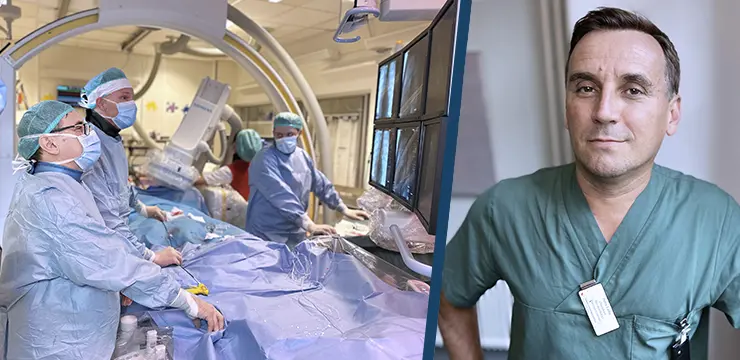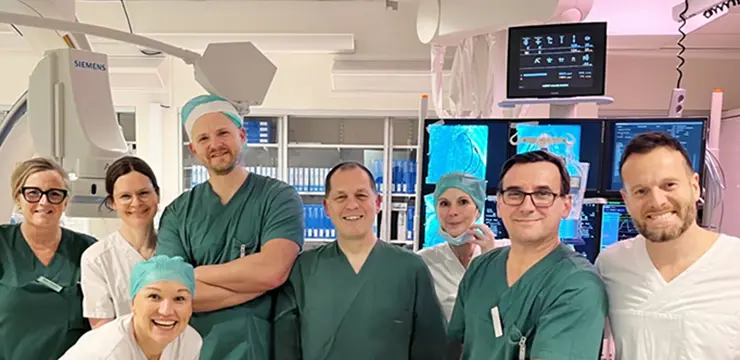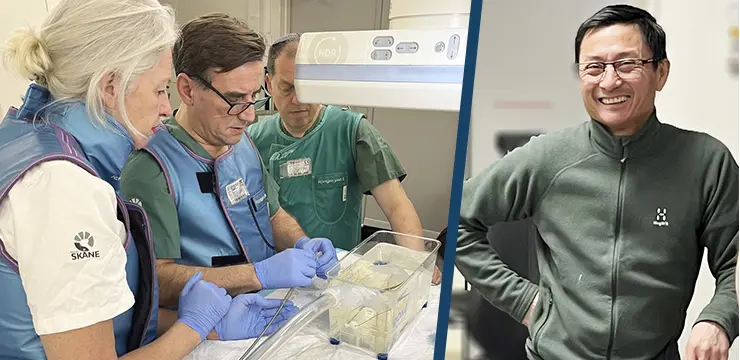Novel less invasive approach to paediatric pulmonary valve replacement at Skåne University Hospital

Although several types of transcatheter pulmonary valves are now available for valve replacement, the new valve offers certain advantages, including a shorter procedure time and excellent clinical outcomes.
Faster procedure
Catheter-based procedures are now common in paediatric cardiology. However, until recently, open-heart surgery was the only option for replacing leaking valves in children with large, native pulmonary arteries who had previously undergone heart surgery.
Traditional open-heart surgery for pulmonary valve replacement takes up to three to four hours and requires up to a week of hospitalisation. With the new valve, pulmonary valves can be replaced in approximately one hour and the patient can be discharged within two days after the intervention.
Positive results
“The results so far are promising: the procedures have been highly successful, are quick and allow for faster patient recovery. In most cases, children can be discharged from hospital the following day,” says Petru Liuba, who leads the cardiac catheterization team at the Children's Heart Centre at Skåne University Hospital and serves as professor at Lund University.



